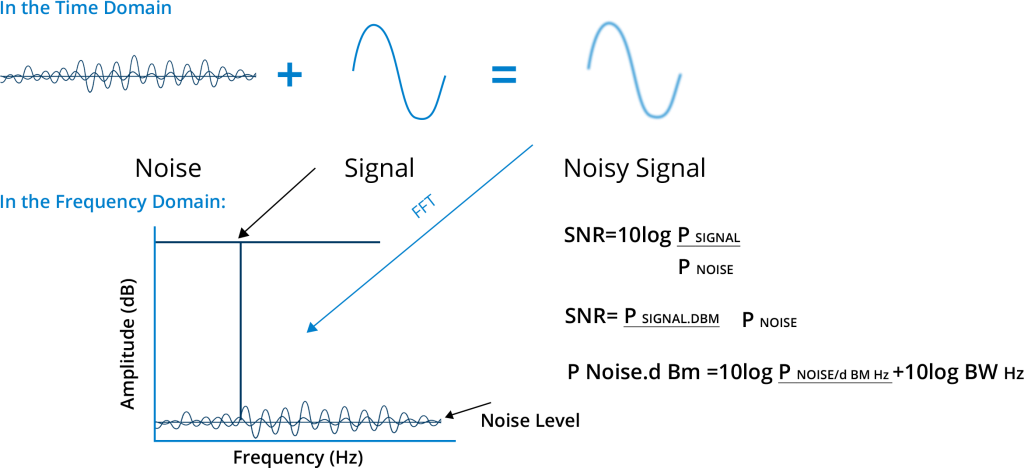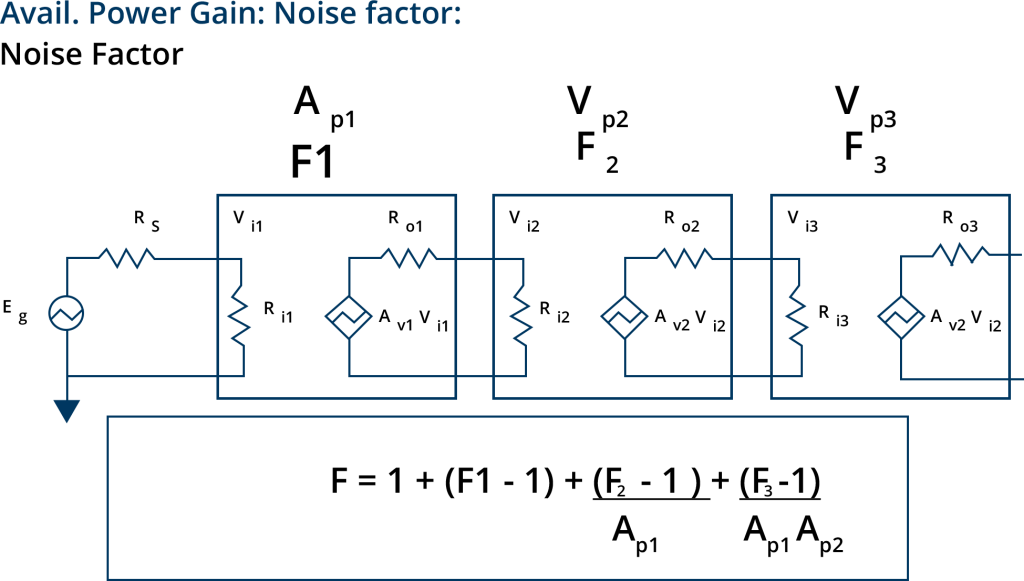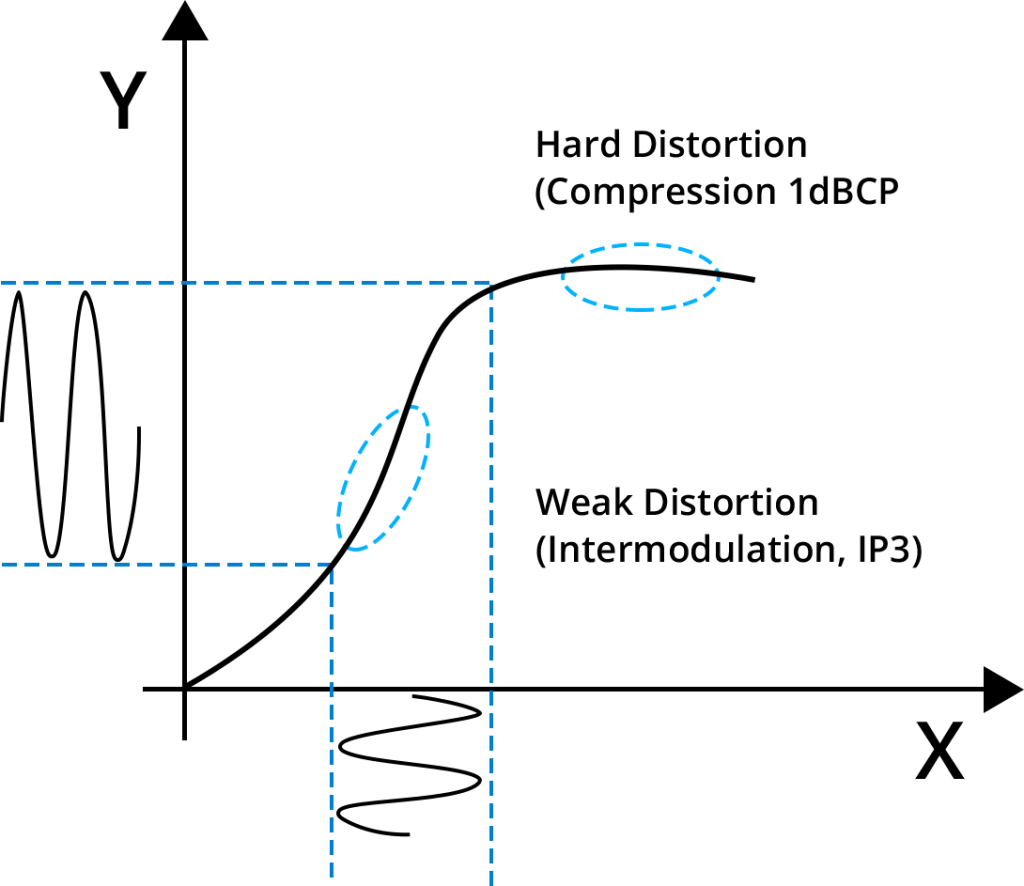Wireless technology is evolving every day and over the air. Human connections are increasing rapidly, almost 60% of the world population are now connected remotely. Therefore, essential requirements play a major role, such as:
- Meet the need for higher data rates/speed
- Hassle-free performance in congested zones
- Low latency
- Lower power consumption using Target Wake Time (TWT) feature
The new milestones in Wi-Fi 6/6E, OFDMA, MU-MIMO, and 8 Special Streams create extra complexity for the Antenna design engineers. Access points and user devices are using up to 8 antennas which will become part of the new standard, but not without increased complication.
Table of Contents
Antennas Consideration for Wi-Fi 6 & 6E
The performance parameters such as operating bandwidth, impedance matching, peak/realized gain, radiation patterns, efficiency, TRP, TIS, specific absorption rate, etc. are important to evaluate the overall performance of the antenna. Antenna designs for different scenarios such as outdoor, indoor, and mobile applications have specific requirements. Outdoor antennas are base station antennas, which provide directional point-to-point/ point-to-multipoint link, omnidirectional coverage, and sectoral coverage with high gain. Indoor antennas provide omnidirectional coverage with moderate gain. Antennas for mobile devices also provide omnidirectional coverage, but, with an average gain. Both indoor and outdoor cases, require a multi-antenna system to operate with the MU-MIMO feature of WiFi 6/6E for sending multiple high-speed data streams simultaneously.
MU-MIMO
Wi-Fi 6/6E (802.11ax) is utilized in a dense user environment which requires high spectral efficiency, enhanced throughput, and low power consumption. Multi-UserMulti-Input Multi-Output (MU-MIMO) concurrently serves multiple users who are trying to access a wireless network at the same time, enabling the development of Wi-Fi 6/6E. It results in enhanced capacity, better coverage, and performance in ultra-high dense networks. The additional uplink MU-MIMO feature improves wireless network throughput and efficiency.
The demand for compactness in user devices may increase the problem of mutual coupling between the antennas, which can change the radiation property, impedance matching, and channel capacity. Essential diversity techniques and decoupling techniques can be used to reduce mutual coupling during the design of the MU-MIMO antenna. Some of these techniques are etching slots on the radiator /ground plane, decoupling and matching network, neutralization line technique, metamaterials, and parasitic elements, orthogonal polarization diversity, etc.
The selection of a suitable radiator, ground plane, and feeding method also plays a major role during the design of the MU-MIMO antenna. MU-MIMO utilizes the features called beamforming and beam steering for better performance.
Whether working with embedded or external antennas, accommodating additional radios requires more space and increased power which also contributes to the additional cost of Power circuits and BoM cost. Isolation can be done in a few ways. One way is to increase the physical space between antennas. They must be placed at an appropriate distance (at least 1/4 of a wavelength), which is difficult when you’re trying to fit multiple embedded antennas in limited space. Another way is to put shields on each RF circuit, which increases the cost of the solution but will also increase the performance. When space is not the issue another factor is orientation. The orientation should be correct for optimal performance. For example, placing two antennas at a 90-degree angle to each other is a 2×2 MIMO antenna arrangement. If MIMO is more than 2×2, it requires more effort and planning for a high degree of complication. Minimum antenna pattern correlation and polarization must be considered for successful antenna installation. Each stream is polarized to a certain angle to distinguish the receiver’s coming channels and to avoid interference between reflected waves to Rx. In addition to all the above aspects, beamforming is the backbone of most of the MU-MIMO and it needs a precise multi-antenna system design to push radio energy, preferentially in a particular direction.
Beamforming and Beam Steering
Beamforming is a technique that directs antenna transmitted signals directly towards the intended user devices, instead of randomly distributed in every direction. The range and speed of Wi-Fi can be improved due to the efficient use of all channels.

Fig (1) An eight-element linear array
A uniform array with half-wavelength inter-element spacing provides higher directivity, which is the same as the number of elements (N) [1]. The array gain is equal to its directivity in the lossless case and can be expressed as:
Array gain (dB) = Antenna element gain + (10 log10 (N) or 3 log2 (N))
3dBi can increase antenna gain after doubling the number of antenna elements. Half power beamwidth (HPBW)

Fig (2) Gain based on number of antenna elements
Inter-element spacing also plays a significant role in the shape of the main beam and gain. Increasing the spacing reduces the half-power beamwidth (HPBW) and increases the main lobe gain but, this also generates more grating lobes (sidelobes with comparable power with the main lobe).
The overall RF effect of the entire array depends on the number of elements and inter-element spacing. It also depends on phase shifts and amplitude variation. A phased array antenna is realized when there is a phase control (or time delay) at each antenna element, which can scan the beam at different desired angles without physically moving the antenna. This is achieved by applying a certain phase difference/shift between each antenna element in the array. The phase shift is calculated to result in constructive interference towards the intended user and destructive interference in other directions.

Figure (3) Phased array with beam steering ability
The performance of a phased array can be analyzed based on the three beamforming techniques. Analog beamforming uses a single common RF source and distributes among multiple antenna elements. The beam is scanned by using analog phase shifters along with the RF link. In digital beamforming, each antenna element is provided with an independent RF signal and link, where phases and amplitudes are digitally controlled. Digital beamforming results in good beamforming/ steering ability, however, it also faces high power consumption. A hybrid beamformer includes the features of both analog and digital beamforming. It utilizes digitally controlled RF chains, power dividers, and analog phase shifters.

Figure(4) Analog Beamforming

Figure(5) Digital Beamforming
How Does VVDN Help OEMs/NEMs in Antenna Engineering?
VVDN has reliable experience in designing, testing, and manufacturing RF antennas for various applications. Facilities such as several electromagnetic simulation tools, antenna manufacturing, and test & measurements are available in-house.
- Multiport antenna pattern measurement and integrated OTA measurement facilities are available to strengthen the antenna development for our customers
- VVDN offers advanced antennas for Wi-Fi 6, suitable for both indoor and outdoor environments
- VVDN also offers single and multi-port omnidirectional antennas suitable for indoor/ outdoor ceiling/pole mount applications
- Omni single port, Omni multi-port, directional multi-port panel antennas with various gain profiles, dual polarised, and circularly polarised antennas are also available.
- VVDN also offers 5G and IoT antenna solutions
Following are a few examples of the Wi-Fi Antenna that VVDN can customize based on use cases:
- Internal Omnidirectional Flex/PCB monopoles/dipole antennas (Single/Dual-Band).
- Internal semi-directional PCB antennas (gain customizable)
- 2×2, 4×4, and 8×8 MU-MIMO Antennas
- External Omnidirectional Whip Antennas
- Dish/End-fire integrated point-to-point Wi-Fi antenna (Polarization customizable)
- High gain Panel antennas
- External dual-polarized Dish antennas
- Sector Antennas with customized beam width (Integrated/External)
- Phased array based on patch antennas
By incorporating cutting-edge filter technology into antennas, a highly skilled team produces a variety of single/multi-band antennas that are among the best in class and enables more effective integration and solutions. The team works directly with customers to examine the antenna characteristics and performance variables.



















